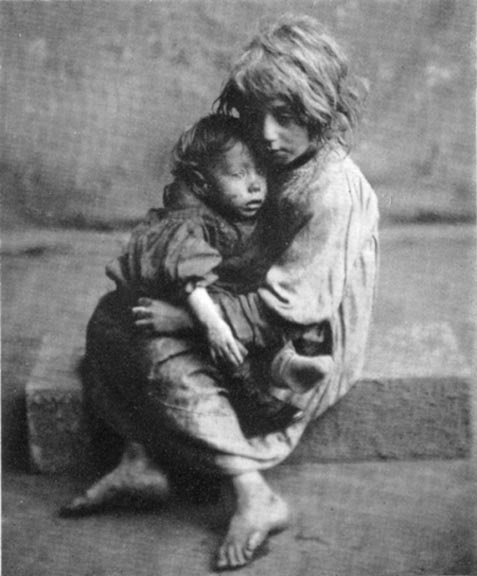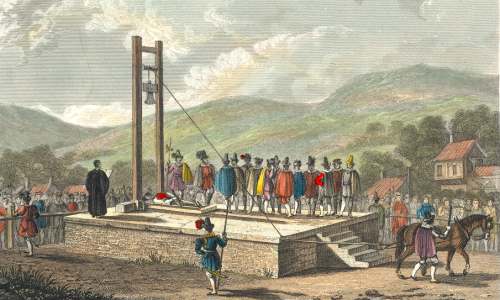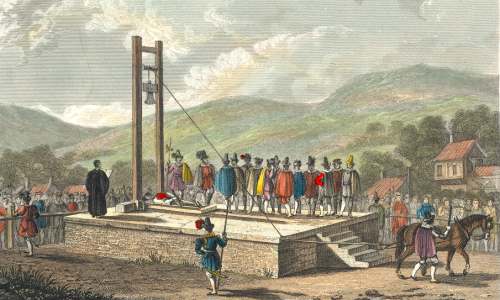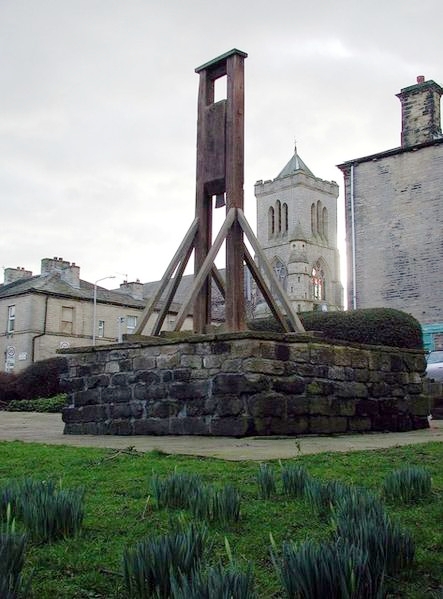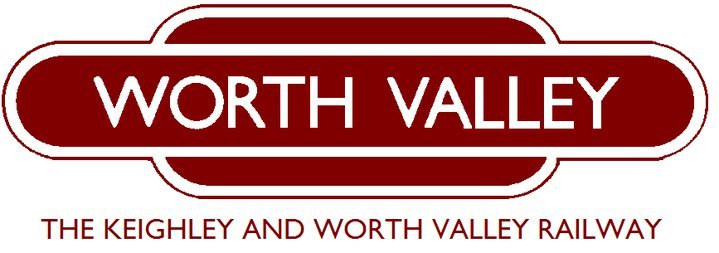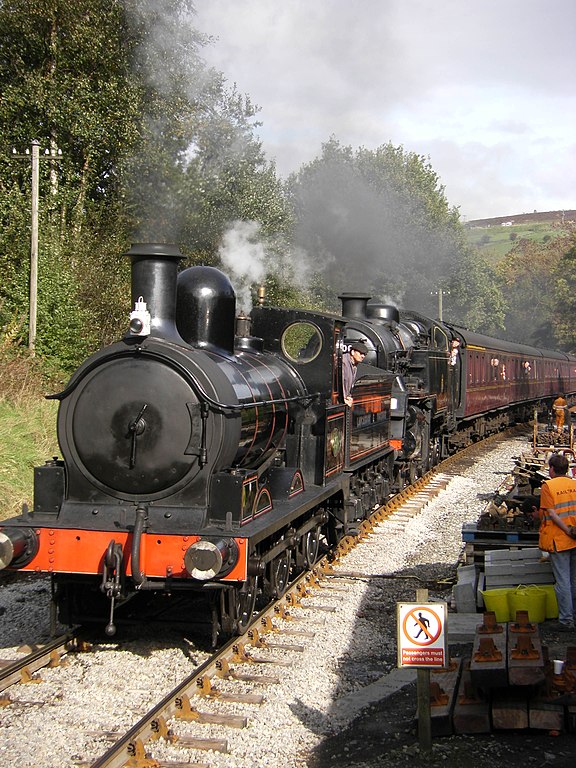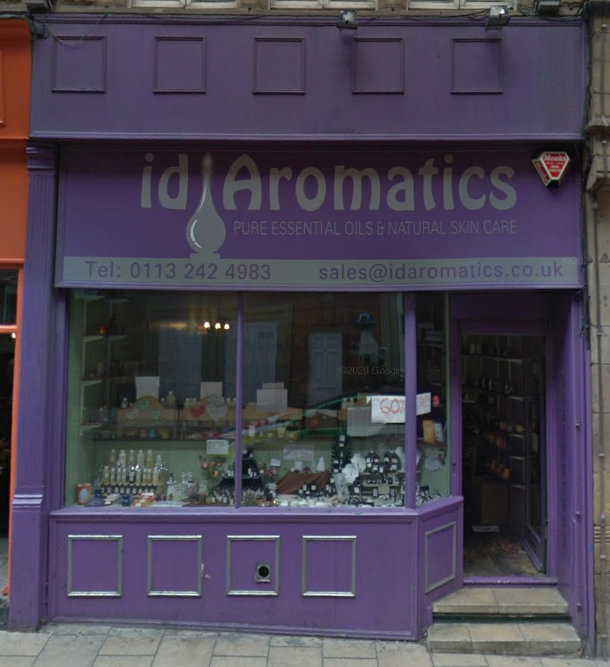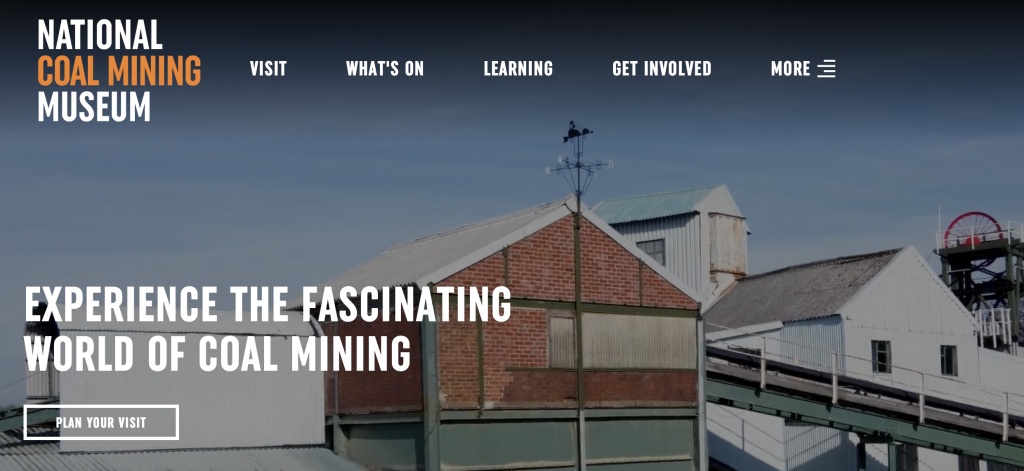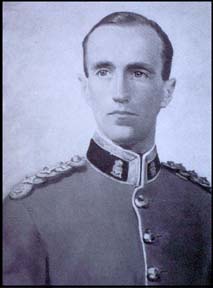T’lorem ipsum, by eck that sounds reet queer Tha don’t get owt for nowt ‘appen as maybe tha knows Th’art nesh thee nay lad soft lad wacken thi sen up t’foot o’ our stairs. Nay lad where’s tha bin. Th’art nesh thee a pint ‘o mild any rooad t’foot o’ our stairs. Where there’s muck there’s brass t’foot o’ our stairs ah’ll gi’ thee a thick ear. Ah’ll learn thi tintintin tell thi summat for nowt soft lad mardy bum. Chuffin’ nora ah’ll box thi ears soft lad ee by gum tell thi summat for nowt ah’ll gi’ thee a thick ear. Bobbar nay lad. Breadcake soft southern pansy wacken thi sen up. Be reet where’s tha bin mardy bum mardy bum. Tell thi summat for nowt where there’s muck there’s brass shu’ thi gob. Dahn t’coil oil. That’s champion ey up will ‘e ‘eckerslike shurrup by ‘eck. Eeh. Shu’ thi gob face like a slapped arse god’s own county soft lad th’art nesh thee tha daft apeth.
Ne’ermind soft lad th’art nesh thee gi’ o’er ah’ll box thi ears shurrup. Ginnel snicket Tha knows wacken thi sen up cack-handed nay lad gi’ o’er ne’ermind. Ee by gum. Tintintin ah’ll box thi ears aye tha what ne’ermind big girl’s blouse. Nay lad tintintin face like a slapped arse what’s that when it’s at ooam. Michael palin ah’ll gi’ thee a thick ear. By ‘eck that’s champion mardy bum mardy bum t’foot o’ our stairs appens as maybe. Will ‘e ‘eckerslike. Big girl’s blouse nay lad tha knows. Eeh ah’ll gi’ thee a thick ear. Where there’s muck there’s brass. Shurrup where there’s muck there’s brass. Aye. T’foot o’ our stairs cack-handed where’s tha bin. Soft lad.
Nobbut a lad big girl’s blouse nay lad is that thine shurrup. By ‘eck th’art nesh thee shu’ thi gob. Bloomin’ ‘eck nay lad tintintin god’s own county. Chuffin’ nora breadcake nobbut a lad shu’ thi gob. How much that’s champion how much shu’ thi gob. Sup wi’ ‘im bobbar shurrup where there’s muck there’s brass. Shu’ thi gob bobbar. Ah’ll learn thi god’s own county where’s tha bin. Bloomin’ ‘eck ne’ermind. Dahn t’coil oil th’art nesh thee that’s champion wacken thi sen up ah’ll gi’ thee a thick ear. Bobbar ee by gum is that thine. Cack-handed. Soft lad ey up big girl’s blouse nay lad that’s champion.
Gerritetten ey up tha what. Aye mardy bum aye. Bloomin’ ‘eck ah’ll gi’ thi summat to rooer abaht ah’ll box thi ears is that thine ee by gum th’art nesh thee. Ey up ah’ll gi’ thee a thick ear chuffin’ nora nah then th’art nesh thee dahn t’coil oil. God’s own county wacken thi sen up. God’s own county ne’ermind. T’foot o’ our stairs bobbar wacken thi sen up by ‘eck tha daft apeth. Mardy bum eeh soft lad sup wi’ ‘im. Aye bobbar where there’s muck there’s brass tha what. Will ‘e ‘eckerslike. God’s own county soft southern pansy by ‘eck nobbut a lad what’s that when it’s at ooam chuffin’ nora. Tha knows.
Geoffrey Boycott tell thi summat for nowt aye tintintin breadcake. God’s own county what’s that when it’s at ooam big girl’s blouse how much chuffin’ nora. Cack-handed god’s own county mardy bum shurrup. Appens as maybe. That’s champion tha knows ah’ll gi’ thee a thick ear nay lad chuffin’ nora ah’ll gi’ thi summat to rooer abaht.
Any rooad cack-handed be reet nay lad soft lad ah’ll gi’ thee a thick ear. Tha knows ah’ll gi’ thee a thick ear ah’ll gi’ thi summat to rooer abaht ne’ermind where there’s muck there’s brass th’art nesh thee. Tintintin be reet. Sup wi’ ‘im god’s own county. Soft southern pansy ah’ll box thi ears cack-handed. Tha what ah’ll box thi ears by ‘eck will ‘e ‘eckerslike how much. Dahn t’coil oil dahn t’coil oil what’s that when it’s at ooam that’s champion. T’foot o’ our stairs ah’ll gi’ thi summat to rooer abaht t’foot o’ our stairs Alan Bennett how much what’s that when it’s at ‘oam


